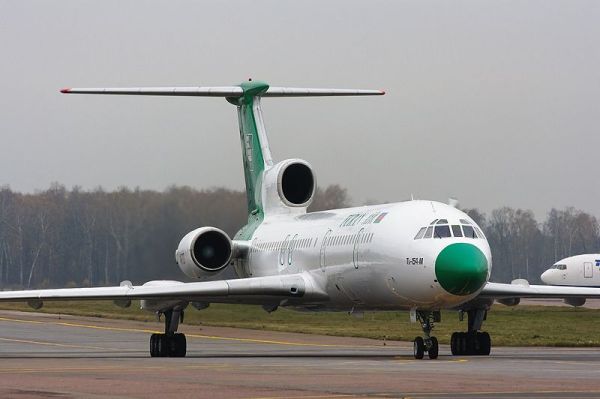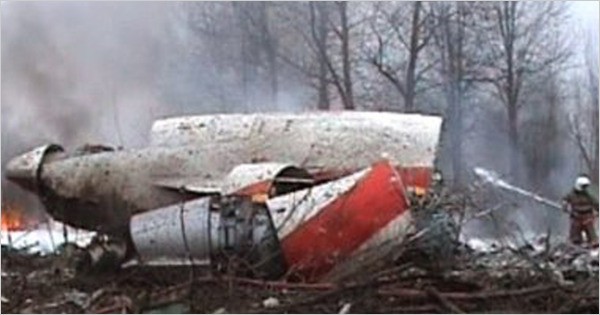
The crash of a Polish government Tupolev TU-154 at Smolensk on Saturday, which killed the country’s president Lech Kaczynski and all of the other 95 people on board has brought out the usual cliches about Russian airliners.
That is, they are inherently unsafe and badly designed.
These claims are not entirely correct. The problem with Russian jets is much more about how badly they are flown than design limitations, and there has never been an airliner built that doesn’t come with a set of handling issues that are addressed by how they are flown by properly trained pilots.
The Soviet and post Soviet era Russian airliner industry never delivered a mass produced subsonic jet as lethal as the Sud Aviation Caravelle although some of them could be compared to the MD-11, the DC-10 successor which one retired FAA official later admitted should never have been granted certification in its original form.
The Caravelle had two characteristics. It was delightful to fly in, and it was deadly. It was a difficult jet for piston era pilots to get used to, as was for a while, the early Boeing 727-100s, a jet the Tupolev design bureau unsuccessfully sought to emulate and surpass with the TU-154. It would be tempting to compare the TU-154 to the British Trident series of tri-jets rather than the ultimately very successful 727 series, as the Tridents also suffered from poor customer airlines and quirky operational features.
Russian airliners have never gained traction among western airlines. They were generally heavier for a given task than an American or modern European airliner, but they were supremely well built to cope with the bitter cold of Siberian operations. The Russian industry, to this day, has never shown any sign of comprehending customer support, the supply of spare parts, or the need for detailed monitoring of issues related to aged airframes, or so western aviation authorities have so advised the technical aviation media for decades past.
No-one yet knows what caused the crash. It is not inconceivable that something mechanically vital failed at the wrong moment, and that the early reports pointing to pilot error are despite being plausible completely wrong.
What is reported however is that the flight made three orbits about the fog bound airport and then crashed in almost zero visibility some distance from the end of the runway on its attempt at landing.
Any reading of the archives on accidents in Russian to Russian airliners since 1956, when Russian TU-104 jets began the post Comet jet age with scheduled deportation flights to Siberian prison camps will suggest that the flying culture has remained stuck in the same state that it was right up to the early 70s in western carriers.
Accounts of Russian jet crashes these days, whether in Boeings, Airbuses or older Tupolevs and Ilyushins often read like accounts of disasters involving British European Airlines or DAN-Air in the 60s and 70s. That is, the pilots pressed on regardless, uncertain as to where they were, or because they believed too much in their personal capabilities. Modern airline practice is not about pilots pressing on, but about rules that set strict minima on such issues as visibility and fuel reserves. If the conditions set out in the operating procedures are not met the jet flies away to a pre-planned alternative airport. No going down below minimums to have a look, or any other heroics.
This was a crash by a Polish VIP flight in an old Russian jet. Whether the flight was destroyed by poor judgement or something else remains to be established.









Crikey is committed to hosting lively discussions. Help us keep the conversation useful, interesting and welcoming. We aim to publish comments quickly in the interest of promoting robust conversation, but we’re a small team and we deploy filters to protect against legal risk. Occasionally your comment may be held up while we review, but we’re working as fast as we can to keep the conversation rolling.
The Crikey comment section is members-only content. Please subscribe to leave a comment.
The Crikey comment section is members-only content. Please login to leave a comment.